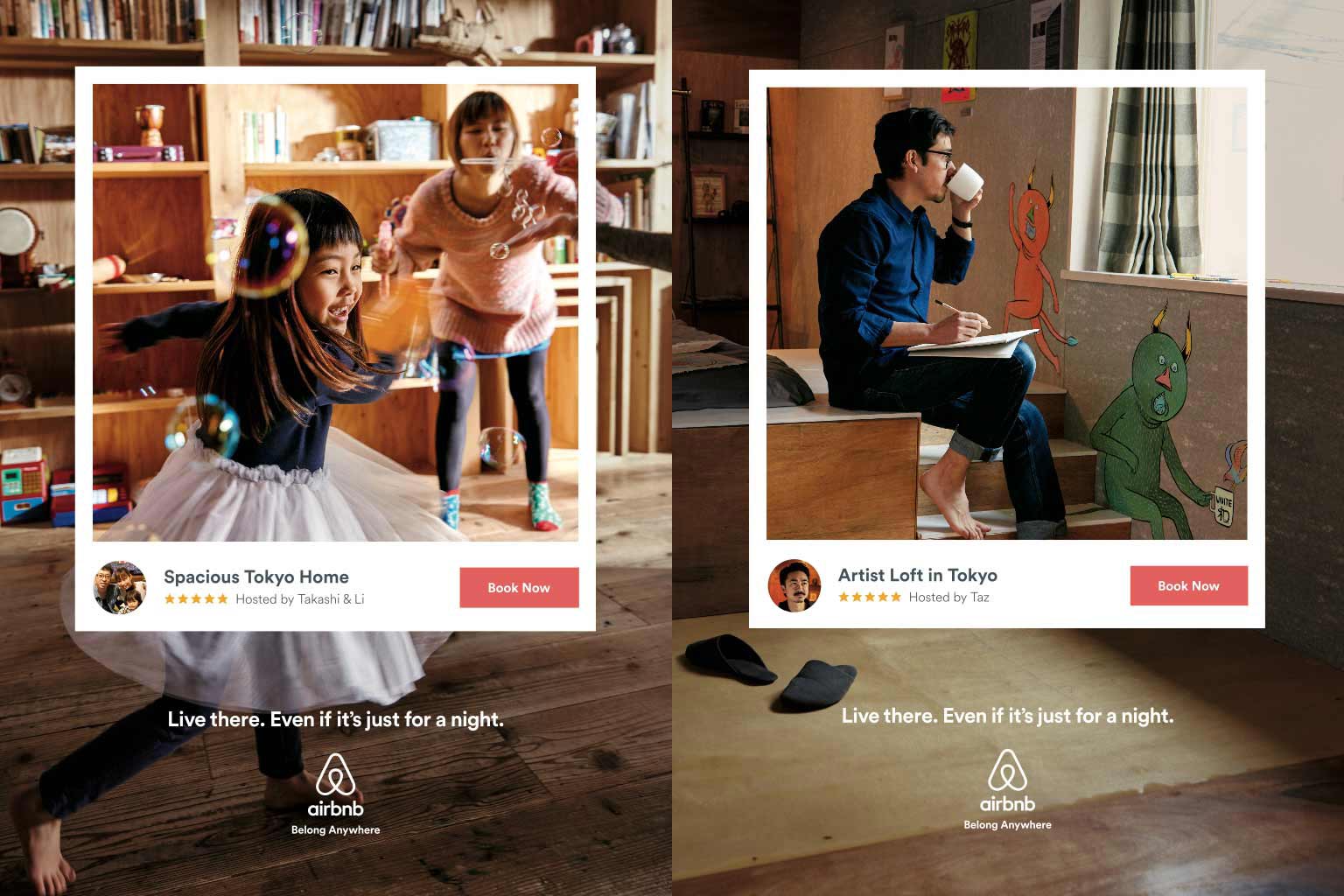Within the pagan beginning of human nature lay the deeply rooted beliefs in the inherent determinism of the processes in the world. This view not only assigned the responsibility for all the occurrences to a higher being but also deprived the human of his agency in the natural course of events. Unable to predict what was to come in the future, what one could do was simply make up a mythological narrative for nature’s origins. This is what storytelling brought to humans.
There’s not much that sets civilizations apart from each other the way that narratives do. These were designed to instruct behavior and moralize intentions in a way that one would become both the object of norms and the subject carrying those into the generations to come. And in a sense, not much has changed since the dawn of storytelling.
Myths have gradually transitioned into marketing formulas aiming at similar ends – to affect people’s behaviors and decision-making. This is what the new age of commerce has thought us. Nevertheless, many of us might still wonder: What is storytelling in marketing after all? And most importantly, how to do it right?
What is storytelling in marketing?

Any marketer you’ll ever meet would like to believe that what they do is much more than simply managing commercial relationships between entities. A deeper conviction anyone working in the industry has is that they construct realities and tell stories that appeal to the consumers’ intrinsic desire to follow a narrative. Some of them appear to be extremely successful in this endeavor – brands are built around missions and purposes that resonate with the individual’s values. So what is storytelling in marketing then?
Essentially, storytelling in marketing is the process of strengthening a brand by giving products and services an identifiable unique narrative.
In other words, speaking to the emotions of the decision-makers, storytelling marketing aims to breathe life into commercial products and services. Because a product is never just the object one purchases but the whole journey a customer undertakes when met with the particular brand’s identity.
Storytelling in marketing is often misinterpreted as constructing an actual storyline which, while fascinating at first, can be an overwhelming task for a company’s content marketing efforts. By storytelling we mean the whole process of developing and introducing the purpose, mission, and beliefs a brand has. This is often developed into visual and linguistic narratives which satisfy the intrinsically human desire to enrich their experiences with purpose.
A quick example
In 2016, Airbnb’s ‘Live there’ campaign told the world to stop traveling and claimed the company’s place on the global travel stage.
By capturing the true desires of its customers and calling out the templated tourist experience, Airbnb achieved one of the highest business results in its history.

At this time, even though the company was growing significantly since its creation, it was still facing brand recognition challenges. They quickly realized that new values in travel emerged: authentic experiences and traveling were becoming a part of a person’s identity. Painfully aware of the stereotypical traveling boundaries, a new generation of travelers was looking for inspiration.
Airbnb released the ‘live there’ campaign intending to speak to this new generation of travelers by creating a special and emotional cultural potential. Constructing a relevant narrative for the experience of the contemporary person, Airbnb’s storytelling strategy not only worked but secured its world-leading position in the travel industry.
How to do storytelling right?

In these content-saturated times of social media domination, it is only natural to attempt to adopt storytelling as a part of your digital strategy. Creating a website or using social media to drive traffic to your website are both leading factors in intensifying the marketing narrative you wish to create with your brand.
Nevertheless, there are a number of actions you could take in order to do storytelling right. One of them is going back to the very reason why your business exists. Whether it is to make a certain community’s life easier or to provide a service that will improve and enrich experiences, channeling this through content marketing can construct your unique story that distinguishes your brand from its competitors.
Also, it is worth thinking about the stories of your customers themselves making your transmedia communication relatable and personal. Whether aiming to prompt engagement or action, you as a brand owner should know better than anyone else what talks to your customer base’s desire to be heard and to hear stories. Only then, will your business successfully adopt storytelling in marketing and prove that there’s more to experience on the journey to your brand.
From written to visual content
Content marketing can often be tricky to interpret through the lens of a particular business. This is especially true for services that appear to be only presentable through one sort of medium – be it visual, written, or something else.
This is, however, something that is easily overcome by the contemporary tendency to create transmedia content where video, imagery, audio, and language collaborate to tell a story on social media platforms and personal websites. It is worth looking into the possibility of producing such a transmedia content to make your content shine with a brighter light than ever.
To achieve this, find out how much it costs to start a website and embark on the life-changing journey of your digital presence.
